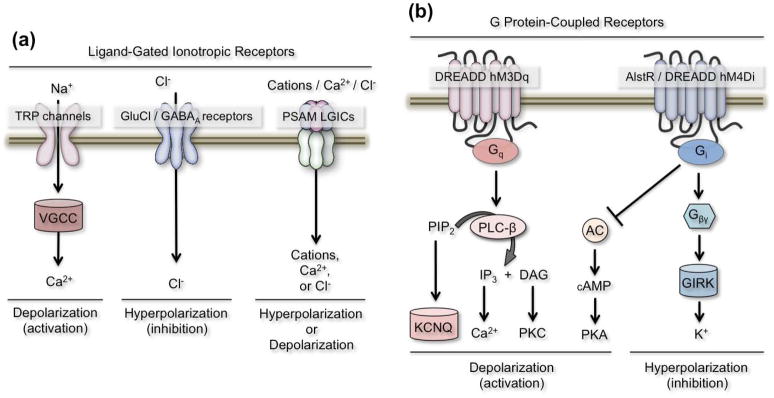Figure 1. Receptor-ligand systems for rapid modulation of neuronal activity.
(a) Left, ligand-gated influx of free Na+ activates Voltage-gated calcium channels (VGCC), resulting in Ca+2 influx, depolarization, and increased firing. Middle, ligand-gated influx of Cl− results in hyperpolarization and neuronal inhibition. Right, Pharmacologically selective effector molecule (PSEM) gated influx of cations, calcium, or chloride through combination of pharmacologically selective actuator modules (PSAMs) with different ion pore domains to manipulate neuronal activity or inhibition, respectively. (b) Second messenger cascades associated with Gq, and Gi signaling. Left, Gq signaling activates Phospholipase C beta (PLC-β), which hydrolyzes Phosphatidylinositol 4,5-bisphosphate (PIP2) into inositol triphosphate (IP3) and diacylglycerol (DAG). This leads to increased levels of free Ca+2 or Protein kinase C (PKC) activation. Reductions in PIP2 levels may also lead to closure of KCNQ channels causing depolarization and increased neuronal firing. Right, Gi signaling activates inward rectifying potassium channels (GIRKs), resulting in hyperpolarization and inhibition. Independently, activated Gi also inhibits adenylyl cyclase (AC), which promotes cAMP formation and Protein kinase A (PKA) activation.

